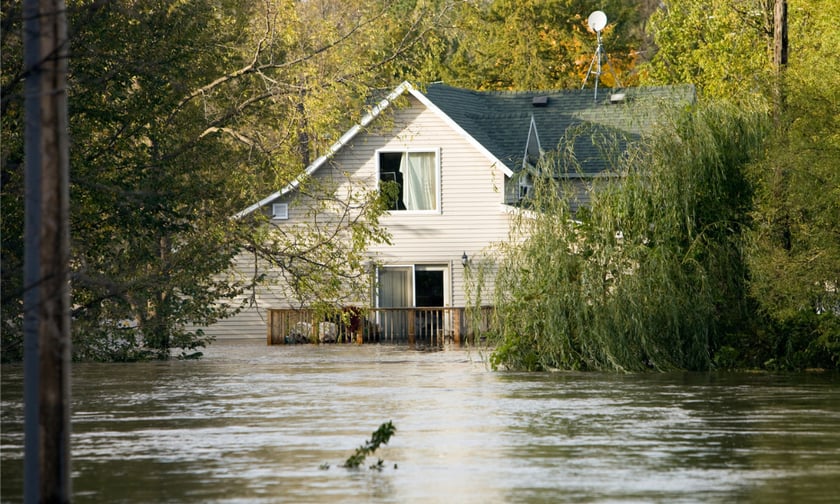

The private flood insurance market in the US is rapidly expanding its market share as challenges persist in the federally backed National Flood Insurance Program (NFIP), according to the Insurance Information Institute (Triple-I).
The NFIP has faced hurdles in implementing its Risk Rating 2.0 program. The new pricing method was put in place to establish a more accurate and equitable premium structure by closely aligning rates with the flood risk associated with individual properties. In flood-prone states such as Louisiana, this resulted in increased premiums for many policyholders.
The challenges brought by the new NFIP pricing scheme have led to a boost in the private flood insurance market, which grew 24% between 2016 and 2022.
As noted in Triple-I's latest issues brief, the private market went from $3.29 billion in direct premiums written in 2016 to $4.09 billion by the end of 2022. A total of 77 private insurance companies were said to have contributed to this growth, accounting for 32.1% of the flood insurance business as of December 31, 2022.
“It is reasonable to expect that, as the cost of participating in the government-run flood insurance program rises for some, private insurers will recognize the market opportunity and respond by applying cutting-edge data and analytics capabilities, more refined pricing techniques, and new products, such as parametric insurance, to seize those opportunities,” the brief stated.
Triple-I went on to underscore the potential benefits of increasing competition in the private sector, emphasizing that a wider array of options could lead to more affordable coverage for consumers.
However, it also highlighted the problem of consumer demand, with risk management firm Milliman pointing out how “a relative lack” of demand compared to other property insurance offerings leave many carriers feeling hesitant when it comes to launching their own private flood programs.
Research conducted by Triple-I in collaboration with Munich Re has shown that 64% of surveyed homeowners and renters believe their residences are not at risk of flooding, while an additional 14% are uncertain about their flood risk.
These figures illuminate flood insurance misconceptions among homeowners, Triple-I said, as they often underestimate their exposure to flooding and incorrectly believe that standard homeowners’ policies cover flood-related damages.
“Public education and awareness building around flood risk are essential to advance the goal of reducing flood risk, as is collective action among stakeholder groups – from banks and insurers to community leaders, real estate professionals, and policymakers,” the brief noted. “Reducing the threat of costly flood claims will ensure that affordable insurance protection is available to all who need it.”
What are your thoughts on this story? Feel free to comment below.
